- Joined
- Dec 27, 2013
- Messages
- 195
- Reaction score
- 53
- Can others edit my Photos
- Photos NOT OK to edit
Sorry if I sound defensive. I'm just relating my personal experience regarding the Sigma 50-500mm and wildlife photography. I hope you're very happy with the Tamron. However when the day comes that you see a painted bunting, the most beautiful warbler in North America, at 5 or 6 feet in dim light and your Tamron won't focus I hope you recall our conversations here. I went to the Sigma 50-500mm after missing 3 important shots with Sigma's 150-500mm because the action was too close to focus and I needed a wider lens.
If that is your experience, perhaps your solution does work for your situation. Given that you have at least three camera bodies, my choice would have been to grab a second body equipped with a more appropriate lens. That is because in my world there isn't yet a 10:1 zoom worth mounting. The Sigma 50-500mm isn't even close. Compromising 1000's of shots to be able to use the same lens to shoot "3 important shots" isn't productive.
As for it's close focusing limits, the new Tamron 150-600mm happens to have exactly the same MFD as the Nikkor 80-400mm AF-S. Given the longer focal length, and the Tamron is a 4:1 zoom as opposed to a 5:1, Tamron appears to be providing a lens that will be very useful as a "lightweight" birder/wildlife tool compared to the heavy fixed focal length 500mm and 600mm lenses and with longer reach than the other available zooms.
Of particular interest are the MTF graphs. The 10 lp/mm graph at 600mm is excellent, and indicates it will have above average contrast. The 30 lp/mm graph shows an increasing difference between sagittal and meridional going from the center to the edges of the image. That probably means increasing astigmatism and a less sharp image at the edges than at the center. Overall, it doesn't appear that it will be sharp wide open at maximum focal length compared to the Nikkor 80-400mm. It remains to be seen how it will compare at 400mm and 500mm, especially when stopped down a bit.
Given the low price and the 600mm maximum focal length, I decided to pre-order the Tamron in hopes that it will fill a missing niche that will make it a very useful tool.


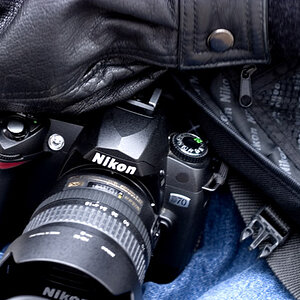

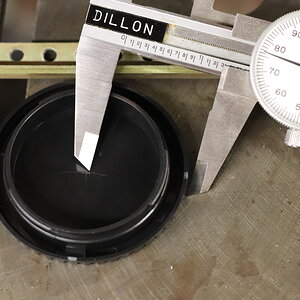

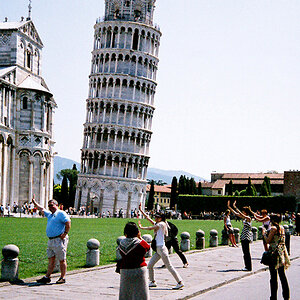



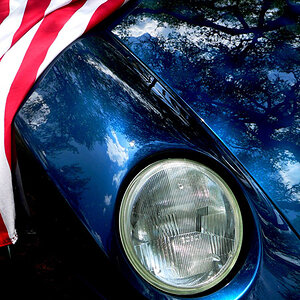
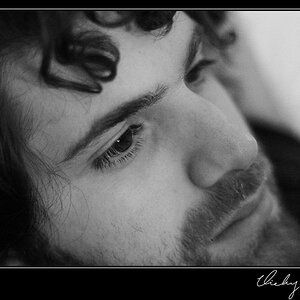
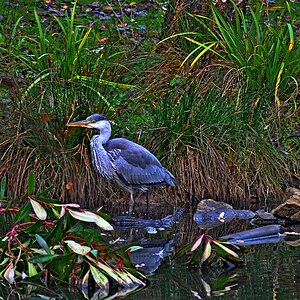
![[No title]](/data/xfmg/thumbnail/42/42275-2ca41f93a172e2e510afb46912a2bb61.jpg?1619740084)